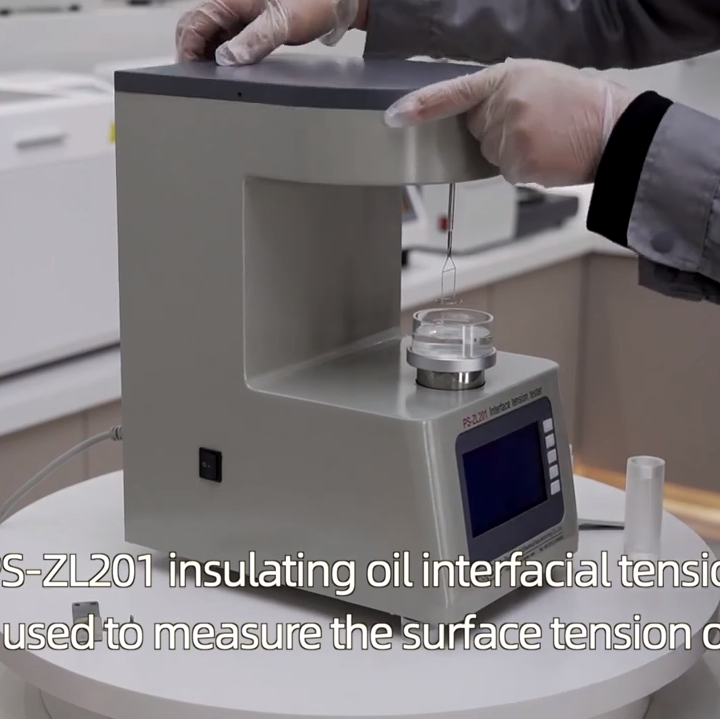 English
English



-
 Afrikaans
Afrikaans -
 Albanian
Albanian -
 Amharic
Amharic -
 Arabic
Arabic -
 Armenian
Armenian -
 Azerbaijani
Azerbaijani -
 Basque
Basque -
 Belarusian
Belarusian -
 Bengali
Bengali -
 Bosnian
Bosnian -
 Bulgarian
Bulgarian -
 Catalan
Catalan -
 Cebuano
Cebuano -
 China
China -
 China (Taiwan)
China (Taiwan) -
 Corsican
Corsican -
 Croatian
Croatian -
 Czech
Czech -
 Danish
Danish -
 Dutch
Dutch -
 English
English -
 Esperanto
Esperanto -
 Estonian
Estonian -
 Finnish
Finnish -
 French
French -
 Frisian
Frisian -
 Galician
Galician -
 Georgian
Georgian -
 German
German -
 Greek
Greek -
 Gujarati
Gujarati -
 Haitian Creole
Haitian Creole -
 hausa
hausa -
 hawaiian
hawaiian -
 Hebrew
Hebrew -
 Hindi
Hindi -
 Miao
Miao -
 Hungarian
Hungarian -
 Icelandic
Icelandic -
 igbo
igbo -
 Indonesian
Indonesian -
 irish
irish -
 Italian
Italian -
 Japanese
Japanese -
 Javanese
Javanese -
 Kannada
Kannada -
 kazakh
kazakh -
 Khmer
Khmer -
 Rwandese
Rwandese -
 Korean
Korean -
 Kurdish
Kurdish -
 Kyrgyz
Kyrgyz -
 Lao
Lao -
 Latin
Latin -
 Latvian
Latvian -
 Lithuanian
Lithuanian -
 Luxembourgish
Luxembourgish -
 Macedonian
Macedonian -
 Malgashi
Malgashi -
 Malay
Malay -
 Malayalam
Malayalam -
 Maltese
Maltese -
 Maori
Maori -
 Marathi
Marathi -
 Mongolian
Mongolian -
 Myanmar
Myanmar -
 Nepali
Nepali -
 Norwegian
Norwegian -
 Norwegian
Norwegian -
 Occitan
Occitan -
 Pashto
Pashto -
 Persian
Persian -
 Polish
Polish -
 Portuguese
Portuguese -
 Punjabi
Punjabi -
 Romanian
Romanian -
 Russian
Russian -
 Samoan
Samoan -
 Scottish Gaelic
Scottish Gaelic -
 Serbian
Serbian -
 Sesotho
Sesotho -
 Shona
Shona -
 Sindhi
Sindhi -
 Sinhala
Sinhala -
 Slovak
Slovak -
 Slovenian
Slovenian -
 Somali
Somali -
 Spanish
Spanish -
 Sundanese
Sundanese -
 Swahili
Swahili -
 Swedish
Swedish -
 Tagalog
Tagalog -
 Tajik
Tajik -
 Tamil
Tamil -
 Tatar
Tatar -
 Telugu
Telugu -
 Thai
Thai -
 Turkish
Turkish -
 Turkmen
Turkmen -
 Ukrainian
Ukrainian -
 Urdu
Urdu -
 Uighur
Uighur -
 Uzbek
Uzbek -
 Vietnamese
Vietnamese -
 Welsh
Welsh -
 Bantu
Bantu -
 Yiddish
Yiddish -
 Yoruba
Yoruba -
 Zulu
Zulu
transformer turns ratio tester price
Understanding Transformer Turns Ratio Tester Prices What You Need to Know
When it comes to electrical power systems and maintenance, ensuring the proper function of transformers is crucial. A Transformer Turns Ratio (TTR) tester is an essential tool for electrical engineers and technicians. It helps determine the relationship between the primary and secondary windings of a transformer, which is vital for assessing its operational integrity. However, many factors influence the price of these specialized testing devices, which we will discuss in this article.
What is a Transformer Turns Ratio Tester?
A TTR tester measures the voltage ratio of transformer windings to evaluate whether a transformer is functioning correctly. This ratio is critical because it affects the transformer's efficiency and performance. In routine maintenance, a TTR test can identify issues such as winding shorts, open circuits, or mismatched turns, thus ensuring the transformer operates reliably.
Factors Influencing TTR Tester Prices
1. Type of Tester TTR testers come in various types, including manual, digital, and automated devices. Manual testers are usually more affordable, ranging from $300 to $600, while digital and automated testers can range from $1,000 to $3,000 or more, depending on their capabilities.
2. Features and Capabilities The price can also differ based on the features offered. Advanced testers may include options for testing three-phase transformers, built-in memory for data storage, Bluetooth connectivity for data transfer, and software for detailed analysis. The more advanced the features, the higher the price.
3. Brand and Quality Renowned brands with a reputation for reliability and accuracy typically charge more. Brands such as Megger, Fluke, and Kappa are well-known for producing high-quality testing equipment. Investing in a reputable brand can be more cost-effective in the long run due to the reliability and durability of the device.
transformer turns ratio tester price

4. Calibration and Certification Some TTR testers come pre-calibrated and certified for specific use cases, adding to the cost. Additionally, users may need to invest in recalibration services periodically, which can also affect the total price over time.
5. Market Trends and Demand Like any other product, the market demand and availability can influence prices. Special promotions, new advancements, or changes in technology can lead to fluctuations in the cost of TTR testers.
Budgeting for a TTR Tester
When preparing to purchase a Transformer Turns Ratio Tester, it’s essential to have a budget in mind that considers the factors mentioned above. As a general rule
- For occasional users or smaller operations, a simple manual tester may suffice. - For larger organizations or those performing regular maintenance on various transformers, investing in a digital or automated model will enhance efficiency and accuracy. - Always consider the total cost of ownership, including calibration, maintenance, and potential software upgrades.
Conclusion
In summary, the price of Transformer Turns Ratio testers can vary widely based on their type, features, brand, calibration needs, and current market trends. When investing in such equipment, it is crucial to assess your organization's specific needs and frequencies of use. While it may be tempting to opt for the lowest price available, remember that investing in a reliable, accurate, and feature-rich tester may save you trouble and costs associated with transformer failures in the long run. Take your time to research different models and brands, read reviews, and consult with industry professionals to make an informed decision. By doing so, you'll be better positioned to ensure that your transformers operate efficiently for years to come.
-
Ensuring SF₆ Gas Safety: Introducing PUSH’s Integrated SF₆ Analyzer for Dew Point, Purity, and Decomposition MonitoringNewsJul.10,2025
-
Exploring the Main Types of Industrial Endoscopes and Their Applications Across IndustriesNewsJul.04,2025
-
Testing Equipment Industry Sees Major Advancements in 2025: Smart & Precision Technologies Lead the WayNewsJun.06,2025
-
Applications of Direct Current Generators in Renewable Energy SystemsNewsJun.05,2025
-
Hipot Tester Calibration and Accuracy GuidelinesNewsJun.05,2025
-
Digital Circuit Breaker Analyzer Features and BenefitsNewsJun.05,2025



